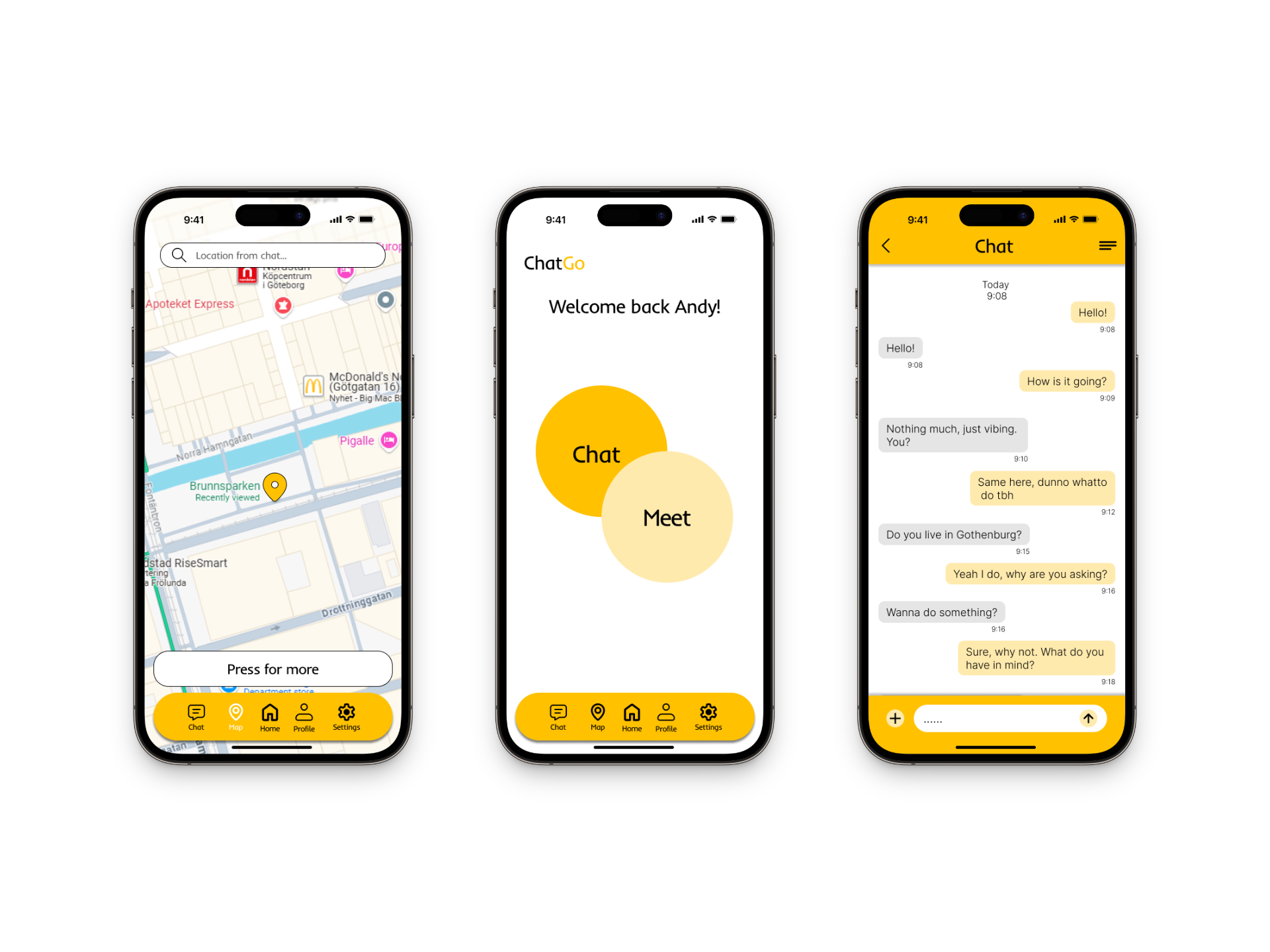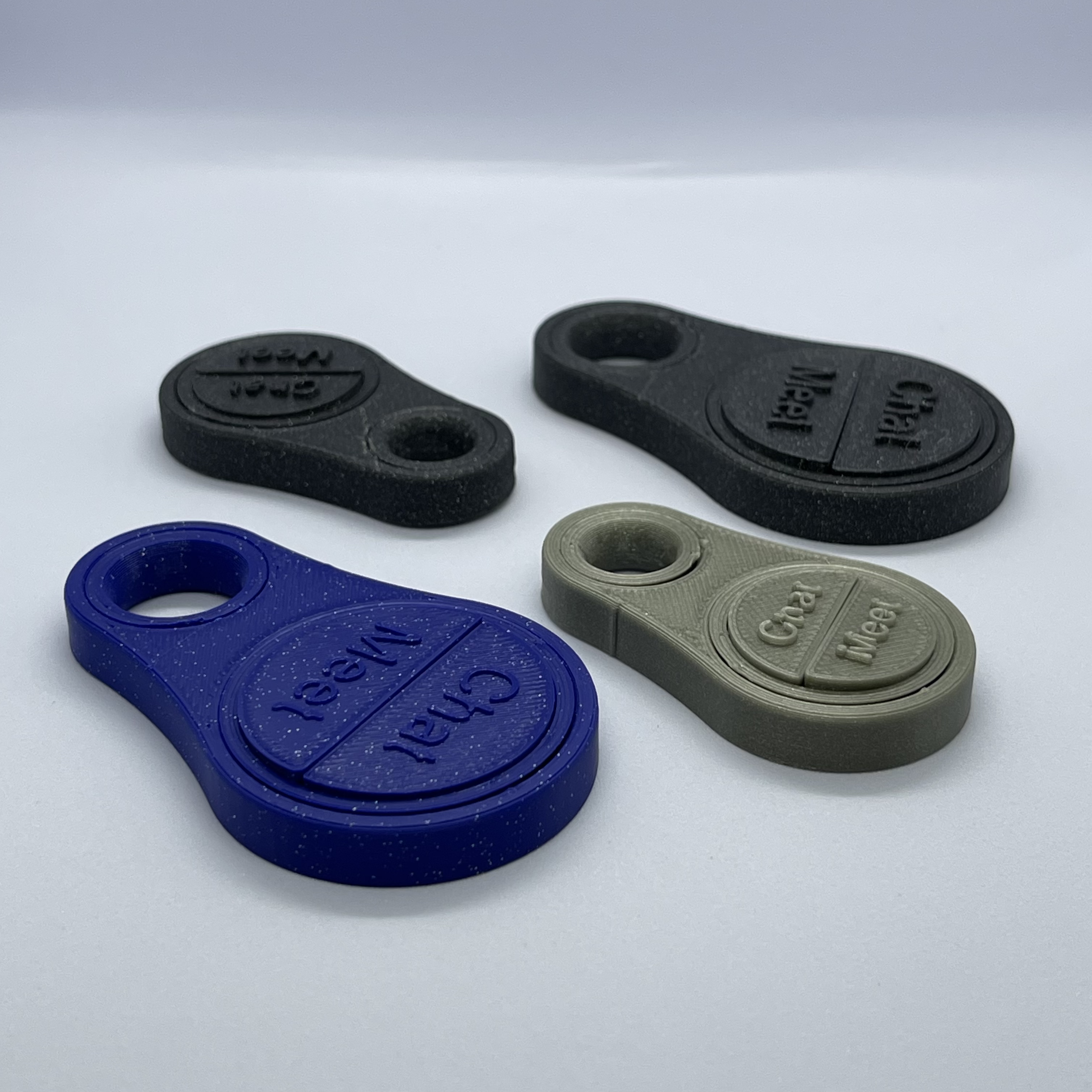How it was made
Ideation
This project began with brainstorming and outlining potential features for the app. From the start, safety was my top priority—I wanted the experience to feel as secure and trustworthy as possible for users. To guide the design process, I also created a user storyboard to visualize the user journey and identify key interactions.
First Protoype and 3D print
Once the key features were defined, I began creating the first prototype of the application using Figma. This initial version captured the core functionality I aimed to include. At the same time, the first version of the keychain was modeled and 3D-printed to test its usability and evaluate whether it would be a valuable addition to the experience.
Second Iterattion of Protoype
With the core features in place, the second design iteration began. A color palette was selected,
and the user storyboard was tested to validate the flow. The app prototype was reviewed by fellow designers,
and their feedback helped guide improvements and new feature implementations.
Meanwhile, multiple iterations of the keychain were designed and 3D-printed. These versions were tested with
peers to gather feedback on tactile feel, interaction quality, and overall weight.
Final Protoype
With the feedback received, the final iteration of the prototype was completed. It included all the key features and felt close to a fully functional application, especially given the short development timeframe. The Figma prototype was ready for presentation.
Presentation
The final design was presented to university professors and fellow designers, which resulted in valuable feedback and suggestions for future improvements. One notable idea was to add a setting that allows users to connect and chat with people outside of their initial user group, offering more flexibility in social interactions.

